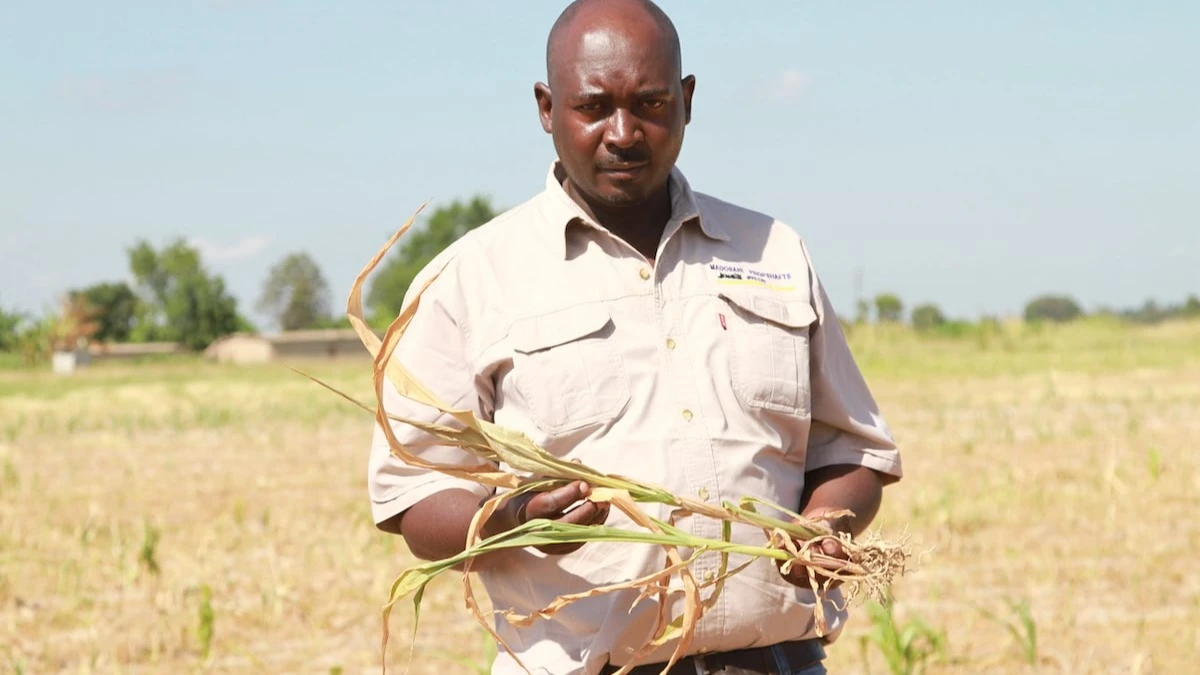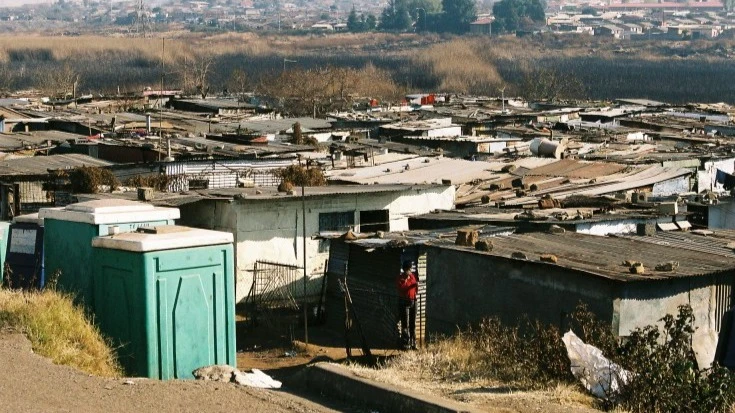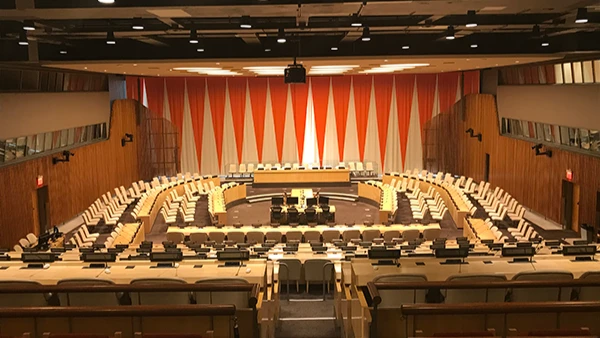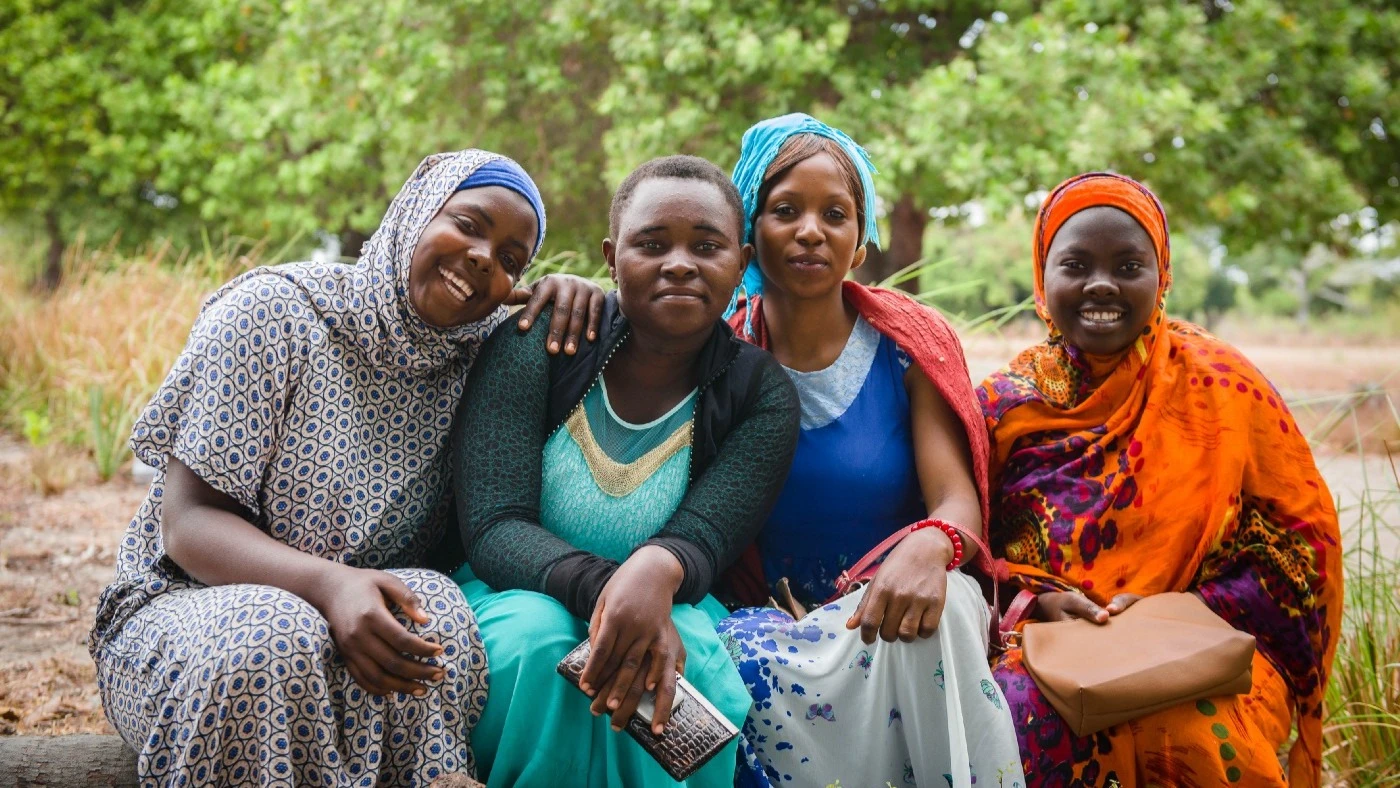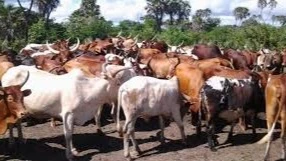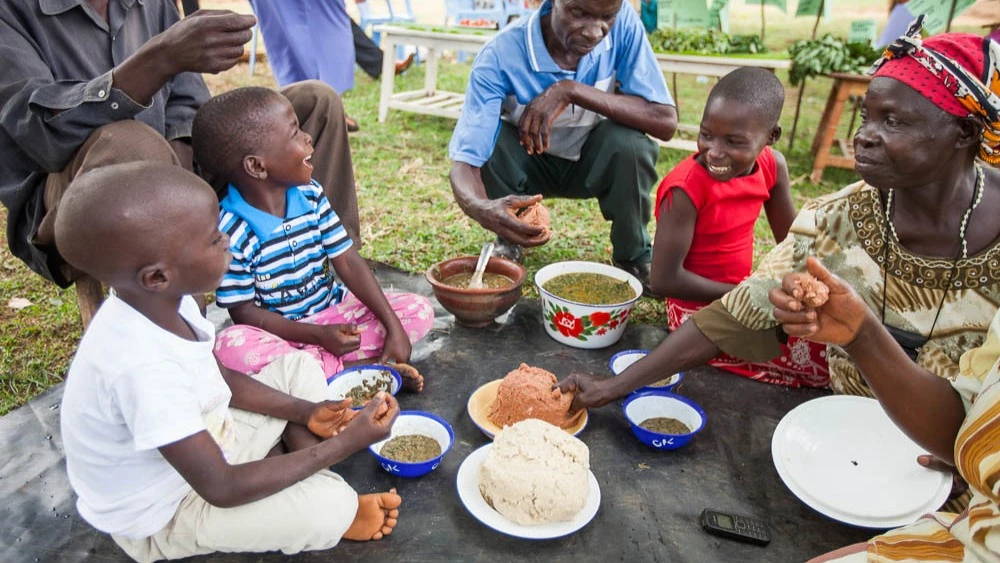Tanzania’s tea on the brink: Farmers struggle as industry declines
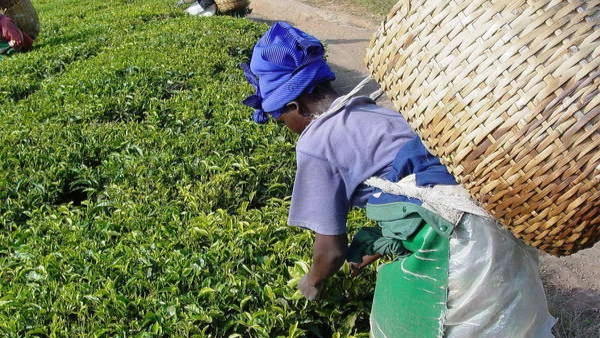
ONCE a thriving agricultural powerhouse that drove Tanzania's economy, the tea industry now stands on the brink of collapse, its decline threatening livelihoods and national prosperity.
Despite numerous government interventions aimed at revitalizing production, the country's tea output continues to decline, while neighboring nations such as Kenya, Rwanda, and Uganda record steady growth.
The downward trend poses a major threat to thousands of smallholder farmers whose livelihoods depend on tea cultivation.The alarming decline in production recent data from the Tea Board of Tanzania (TBT) paints a worrying picture.
The government projected an increase in tea production from 37,000 metric tonnes in 2020 to 60,000 metric tonnes by 2025. However, actual figures indicate stagnation and, in some regions, a decline. This shortfall stands in stark contrast to Kenya’s tea sector, which has flourished under a well-structured smallholder farming model overseen by the Kenya Tea Development Agency (KTDA).
Kenya produces over 500,000 metric tons annually, reinforcing its position as the region's tea powerhouse. One of the core issues plaguing Tanzania’s tea industry is its financing structure, which leaves smallholder farmers disengaged from the value chain.
Unlike their Kenyan counterparts, Tanzanian tea farmers largely operate as raw green leaf tea (GLT) suppliers, with little control over processing, pricing, and marketing. In Kenya, farmers own and profit from every stage of production, ensuring their direct investment in quality and sustainability.
Kenya’s KTDA model guarantees that every agricultural extension service, such as fertilizer use, pruning, and replanting, is backed by a financing mechanism. A small deduction from farmers' sales (equivalent to Ksh 1 per kg) is reinvested in farming inputs and infrastructure. In contrast, Tanzanian farmers struggle to access affordable fertilizers and quality seedlings, leading to aging, unproductive tea bushes.
Most of Tanzania's tea is produced by smallholder farmers, but their cooperatives lack the financial strength to modernize farming practices. The privatization of tea factories in the 1990s handed processing facilities to private investors, leaving farmers as minor stakeholders.
This shift has reduced farmers' bargaining power and left them dependent on factory owners who determine prices and market access. In Njombe, farmers supplying the Njombe Outgrower Services Company (NOSC) pay Tsh 130 per kilogram toward farming inputs—a contribution that falls far short of what’s needed for meaningful, large-scale progress.
In Mufindi, vast stretches of tea fields still rely on aging bushes planted over 50 years ago in the 1970s. With the cost of uprooting and replanting each bush reaching approximately 7,000/-, farmers face a crippling financial barrier—forcing them to keep dwindling, outdated plants rather than invest in higher-yielding, modern varieties.
This stagnation stifles productivity, erodes tea quality, and locks the region’s growers into a cycle of declining competitiveness. Once-prosperous factories like Katumba and Mwakaleli, which were key contributors to the industry, have now either drastically declined or ceased operations entirely due to chronic inefficiencies and chronic underinvestment—a stark symbol of the systemic crises crippling Tanzania’s tea sector.
The Dar es Salaam Online Tea Auction (DOTA), launched in 2023 as Tanzania’s bold initiative to compete with Kenya’s dominant Mombasa Tea Auction, has so far failed to gain meaningful traction.
Despite its potential to streamline trade, reduce export costs, and empower local growers, DOTA’s low adoption reflects deeper systemic hurdles—including limited buyer confidence, logistical bottlenecks, and the entrenched preference for Kenya’s more established auction system.
Without urgent reforms to address these barriers, Tanzania risks losing its fight for regional tea market influence, leaving its growers dependent on foreign platforms that prioritize Kenyan interests.
Despite its potential to revolutionize Tanzania’s tea trade, DOTA has been crippled by three critical failures: inadequate promotion, low farmer engagement, and a glaring absence of international buyers.
This trifecta of shortcomings has severely undercut DOTA’s effectiveness, forcing Tanzanian tea to sell at depressed prices—often 20-30 percent below Kenyan equivalents in Mombasa.
The resulting price disparity has created a vicious cycle, with diminished profits; Tanzanian growers lack both the incentive and capital to invest in expanded production, further entrenching Kenya’s dominance as East Africa’s tea powerhouse.
Without immediate intervention to boost marketing, incentivize participation, and attract global buyers, Tanzania risks permanent marginalization in a regional market it helped pioneer.
A key takeaway from Kenya’s thriving tea industry is the power of farmer ownership, unlike Tanzania, where private investors dominate processing and marketing, Kenyan farmers collectively own tea factories through cooperatives like the Kenya Tea Development Agency (KTDA).
This direct stake ensures farmers benefit from profits, incentivizing long-term investment in quality and sustainability. Tanzania’s reliance on private factories often leaves smallholders with minimal control over pricing and profits.
Adopting a similar cooperative model could empower Tanzanian farmers, ensuring fairer revenue distribution and greater sector resilience. Kenya’s success is partly due to structured financial mechanisms that support continuous improvement, for instance, a fixed deduction (e.g., Tsh 366 per kg, equivalent to 30 percent of green leaf tea prices) funds essential investments like replanting, fertilizers, and modern equipment.
Implementing a similar financing model—managed transparently by farmer cooperatives—could provide the steady capital needed for modernization, boosting both yields and profitability.
A phased replanting program, supported by sustainable financing, could transform Tanzania’s tea sector within five years, Kenya’s experience proves that investing in modern, disease-resistant varieties increases yields by up to 40per cent making farms more competitive.
Without urgent action, Tanzania’s tea quality and output will continue to decline, further widening the gap with Kenya. By pooling resources, Kenyan smallholders access better technology, loans, and international markets, while Tanzania’s fragmented system, where farmers sell individually to private factories, weakens their market position.
The Tanzania Smallholder Tea Growers Cooperative Union (TASTGCU) is now advocating for a similar cooperative approach—a crucial step toward ensuring farmers controls their value chain and secure higher prices.
The Tanzanian government’s recent pledge to establish farmer-owned factories signals progress, but execution will determine success. Kenya’s tea boom was fueled by strong policy support, including subsidies for replanting and infrastructure, and Tanzania must match this commitment by providing funding, training, and regulatory frameworks that encourage cooperative growth.
Without coordinated efforts between farmers, unions, and policymakers, Tanzania’s tea sector risks falling further behind—while Kenya continues to dominate the global market.
Agribusiness expert Dr. Steve Mvungi emphasizes the urgency of these reforms; “Without empowering farmers financially and structurally, Tanzania’s tea sector will remain uncompetitive, adding the KTDA model is not just successful; it is necessary for survival.”
Without urgent structural changes, the country risks losing its foothold in the global tea market as competitors surge ahead. The path forward is clear, empower farmers, adopt an inclusive financing model, and modernize production systems.
If Tanzania fails to act now, its tea industry may soon be relegated to history, while Kenya and other regional producers continue to thrive.
Top Headlines
© 2025 IPPMEDIA.COM. ALL RIGHTS RESERVED




